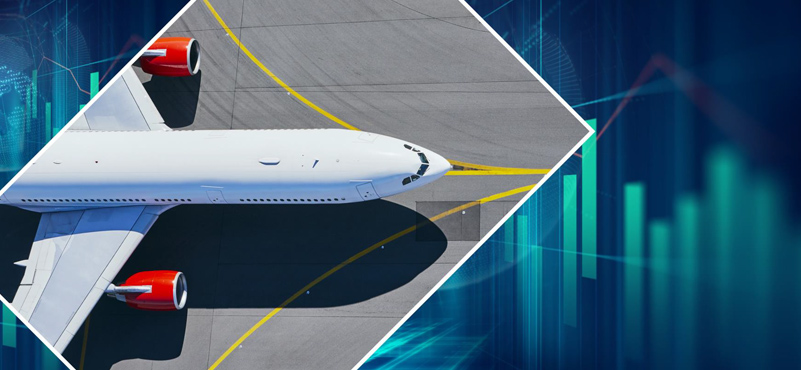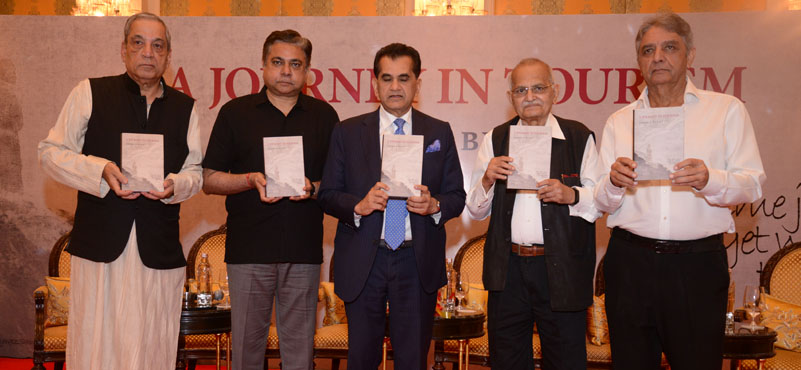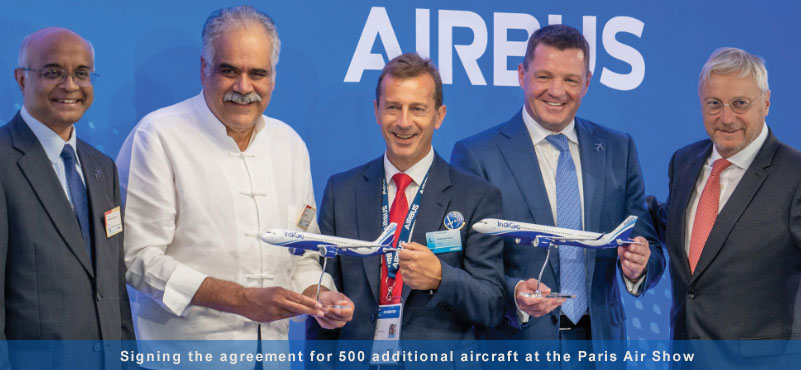CAPA India Outlook FY2023 has been shared. Highlights of the study have some key indicators for the Indian aviation industry. These include:
-
Domestic Traffic
- Domestic traffic is expected to reach 130-140 million passengers, perhaps remaining slightly lower than the FY2020 levels. The impact of higher fares on demand is becoming visible in Q2 with traffic recovery slowing down.
-
International Traffic
- International traffic is expected to reach 55-60 million passengers, around 20% below pre-COVID.
-
Airline Financials
- Airline losses are expected to moderate from around USD3 billion in FY2022 (including adjustments) to around USD1.4-1.7 billion.
- LCCs are expected to account for around USD400-600 million and FSCs around USD1.0-111 billion.
- The removal of fare caps may lead to significantly higher losses.
-
Financial Assumptions
- Brent Crude is assumed at USD105/barrel and the USD=INR78-80
-
Pricing
- Airlines are unlikely to continue with current fare levels, especially in Q2. Fares are expected to moderate significantly in Q2 and going forward.
- The removal of price regulation will see the return of pre-COVID competitive intensity.
-
Airport Financials
- Indian airport operators are expected to report a modest profit of USD420 million.
- If the revenue share for FY21 and FY22 is to be paid in FY23 the industry may end up breaking-even.
-
Fleet
- Aircraft deliveries are expected to be moderate at around 40+ inductions
- Net additions to the fleet will be lower due to some of these aircraft being for replacement.
-
Fleet Financing
- Aircraft financing — especially for narrowbody deliveries — may be particularly difficult for one or two carriers.
-
Recapitalisation
- The aviation industry will require recapitalisation of around USD2.0-2.5 billion.
- Up to USD1.4 billion of requirements can be easily raised, however around USD800 million may be difficult, as was the case last year.
- IndiGo’s earlier planned QIP is likely to be back on the table.
-
Consolidation
- We continue to believe that consolidation is inevitable amongst Indian airlines, even after Air India’s privatisation. The long-term impact of COVID and likely losses in FY2023 will make it very difficult for the sector to raise funds for some of the airlines.
- Consolidation is also expected in the airport sector within the next 12 months, possibly sooner.
-
Market Structure
- Indian aviation will consolidate around 2-3 major players in each segment which will have a critical impact on consumer interests and competition in the near term, which would need to be addressed:
- Airlines: 2 at present, possibly 3 later
- Airports: 2 at present, a third may emerge later, however one of the incumbent operators will become much stronger especially after the expected consolidation.
- Ground handling: 2-3
- MROs: 2-3
- Distribution: 2-3
For airlines, this post-COVID phase is characterised by a very hostile cost environment, increased competition and tough economic conditions, a combination that will prove highly challenging.




































